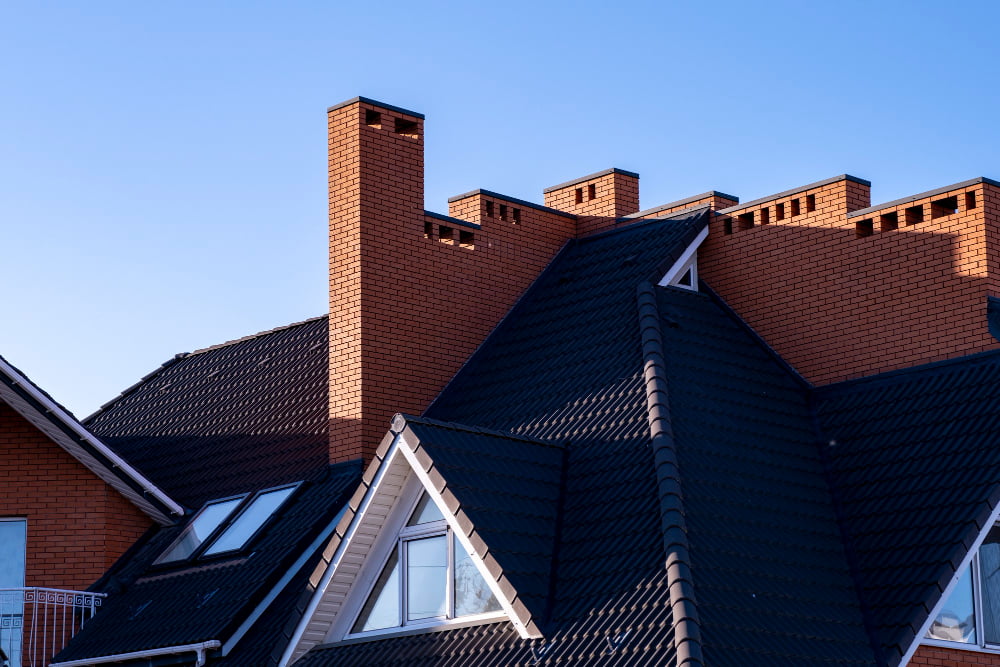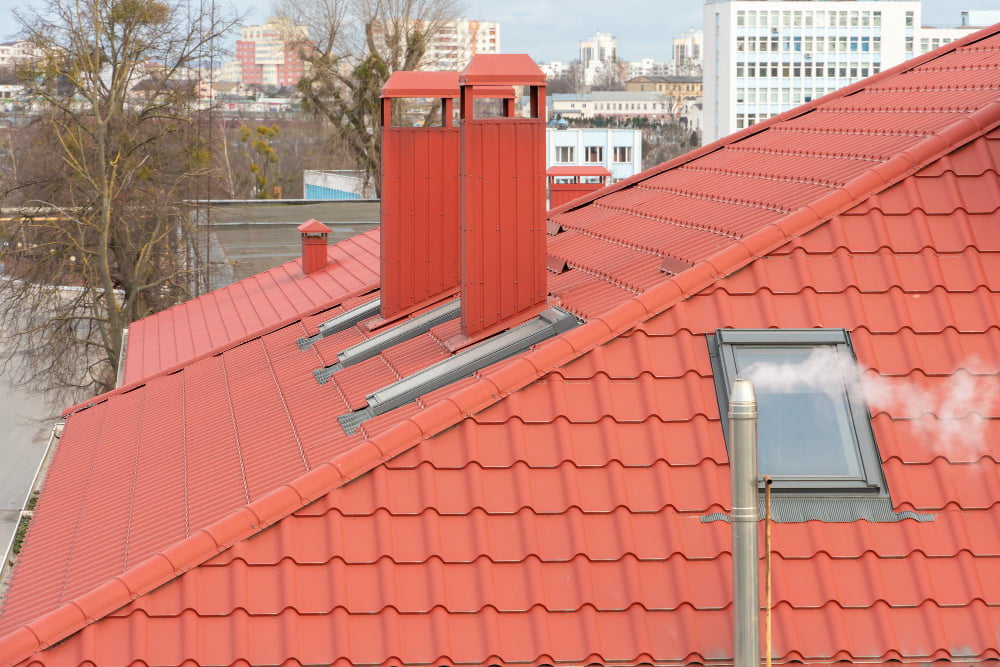Last updated on
The roof, often considered a mere shelter, stands as a linchpin in the enduring resilience of your home. Thoughtful roof design and construction are paramount for safeguarding your investment against the test of time and capricious elements. In the realm of materials, opting for durability is akin to making a long-term commitment to the structural integrity of your home.
Whether you choose robust asphalt shingles, enduring metal roofing, or timeless clay tiles, the selection of materials becomes a foundational step in weathering the storms and environmental challenges your region may present. Investing in high-quality materials not only fortifies your home against the elements but also minimizes the frequency of repairs, contributing significantly to the long-term durability of your dwelling.
Material Selection for Endurance

The choice of roofing materials significantly influences the longevity of your home. As seen at AnchorPointRoofing.com, opting for durable materials, such as asphalt shingles, metal roofing, or clay tiles, can provide enhanced resistance to harsh weather conditions, UV radiation, and other environmental factors.
Each material comes with its unique set of advantages, ranging from weather resistance to fire retardation, so it’s crucial to select materials that align with the specific climate and challenges your region poses. Investing in high-quality materials not only fortifies your home against the elements but also minimizes the frequency of repairs, contributing significantly to the long-term durability of your dwelling.
Proper Roof Pitch for Water Drainage
The pitch or slope of your roof is a critical factor in ensuring effective water drainage. A well-designed roof should efficiently channel rainwater and snowmelt away from the structure, preventing water accumulation and potential damage. A steeper pitch is often recommended in regions with heavy precipitation to facilitate rapid runoff.
Proper water drainage not only protects your home from water-related issues but also safeguards the roof itself from the damaging effects of standing water. Consideration of the roof pitch as a dynamic and strategic element ensures not only functionality but also resilience against weather challenges specific to your location.
Adequate Ventilation for Moisture Control

Proper ventilation is essential for maintaining a balanced and moisture-free environment within your home. A well-ventilated roof prevents the buildup of excess heat and humidity, which can lead to issues like mold growth and rot. Ridge vents, soffit vents, and gable vents are common ventilation solutions that contribute to the longevity of the roof and the entire structure.
Effective ventilation helps regulate temperature, reduce energy costs, and extend the lifespan of roofing materials. Beyond practical functionality, a thoughtfully ventilated roof becomes an integral part of energy-efficient design, promoting a comfortable and healthy indoor environment.
Robust Underlayment for Added Protection
The underlayment is the hidden hero beneath your roof’s surface. Acting as a secondary barrier, it shields the roof deck from water infiltration and provides an additional layer of protection against leaks. High-quality underlayment materials, such as synthetic or self-adhering membranes, enhance the resilience of your roof system, preventing damage to the structure and the interior of your home.
Choosing an underlayment with superior waterproofing characteristics adds an additional layer of defense against rain, snow, and other environmental elements. By investing in a robust underlayment, you enhance your roof’s ability to withstand the test of time, contributing significantly to the overall durability of your home.
Thoughtful Design for Wind Resistance
Roof design should account for the wind forces prevalent in your geographic location. Wind-resistant features, such as properly anchored shingles or tiles, reduce the risk of uplift during storms. Hip roofs, which slope on all four sides, are known for their wind resistance compared to gable roofs.
By integrating wind-resistant elements into the roof design, you fortify your home against the potentially destructive forces of strong winds and storms. Considering the geographical context and potential weather extremes becomes crucial in designing a roof that not only withstands the test of time but also fortifies your home against the unpredictable forces of nature.
Regular Maintenance and Inspection
Even the best-designed roofs require regular maintenance and inspection to ensure long-term durability. Periodic checks for damaged or missing shingles, signs of water damage, and the condition of flashing can help identify potential issues before they escalate.
Timely repairs and maintenance activities, such as cleaning gutters and removing debris, contribute significantly to the overall longevity and performance of your roof. Routine maintenance not only preserves the aesthetic appeal of your home but also addresses potential vulnerabilities, ensuring that your roof continues to provide steadfast protection over the years.
Proactive and regular inspection and maintenance practices form an integral part of responsible homeownership, ensuring that your investment remains secure and resilient in the face of changing conditions.
From the careful selection of durable roofing materials to the strategic consideration of pitch, ventilation, and underlayment, each facet plays a crucial role in the enduring performance of your roof. The thoughtful integration of wind-resistant design elements and the commitment to regular maintenance further fortify your home against the ever-changing whims of weather and time.
As you embark on the journey of homeownership, viewing your roof not merely as an overhead shield but as a dynamic system designed for enduring protection enhances your understanding of the holistic nature of long-term durability. In prioritizing these key elements in roof design, you not only invest in the structural integrity of your home but also contribute to the creation of a haven that stands resilient against the test of years and seasons.
Ultimately, it is the harmonious blend of design foresight and attentive maintenance that ensures your home remains a steadfast sanctuary, weathering the storms and embracing the passage of time with enduring grace.
Recap:



